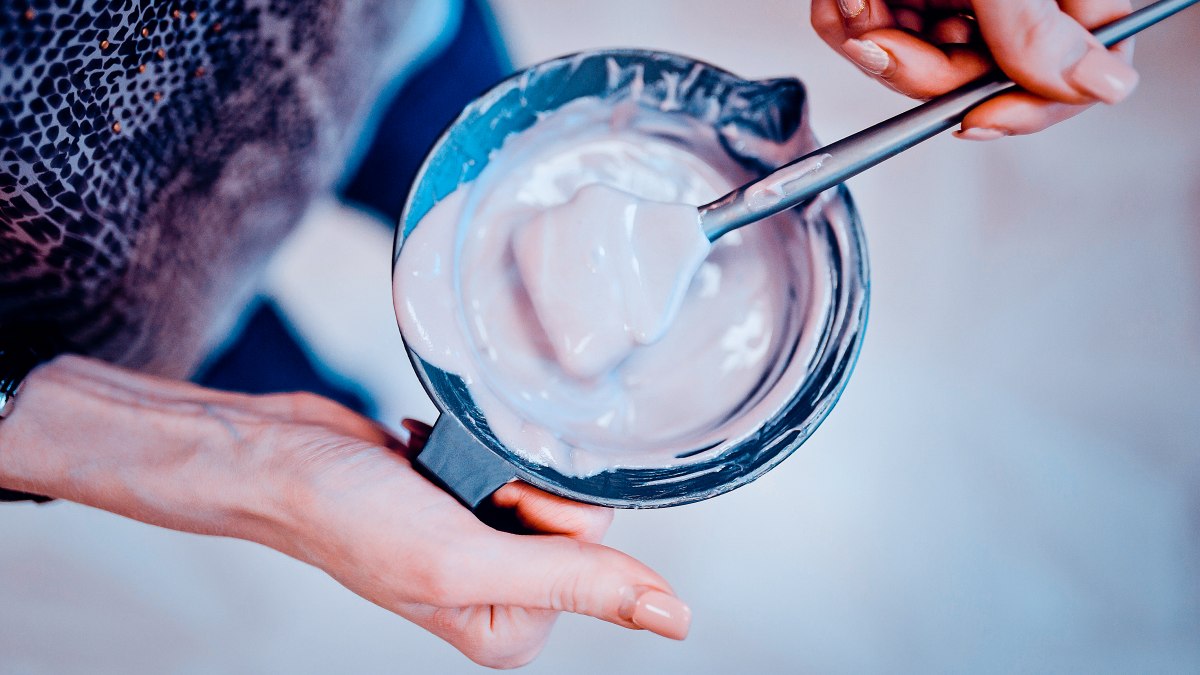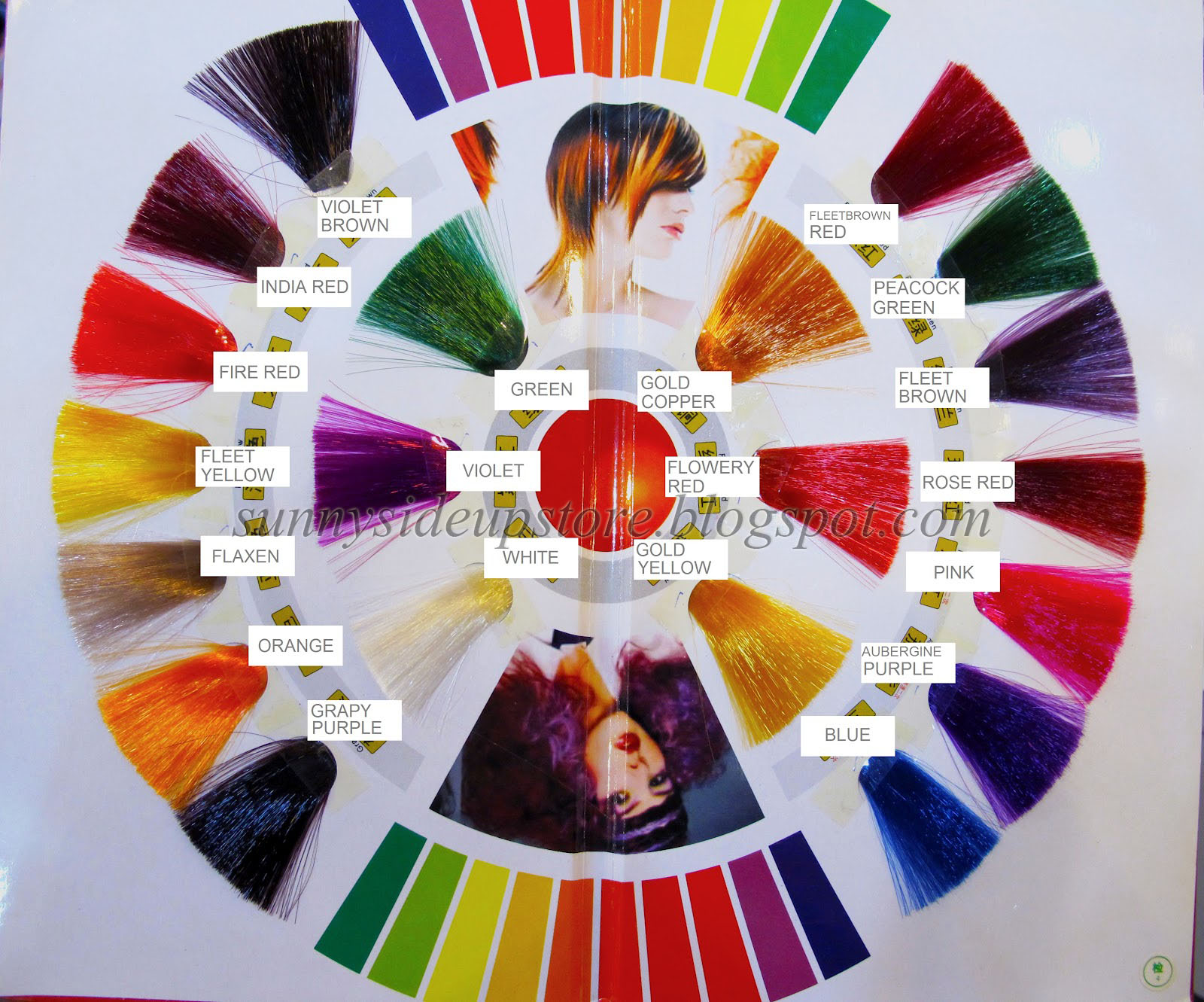

Color match hair dye full#
Option 3: Dye hair fully gray.Īn at-home option for making the switch to full natural silver is dyeing hair gray. "Since hair stripping products interact with dyes only, the natural pigments in hair stay intact, allowing your gray color to appear." (Note that "returning to a natural gray color is not possible if your hair was bleached and its pigments lightened," says GH Beauty Lab Senior Chemist Sabina Wizemann, who recently let her gray grow in.

"Removing hair color can be done at home or in a salon by using hair stripping products that work by opening the cuticles and breaking down dye molecules inside the cortex so they can be rinsed out," she explains. You can remove dyed hair color to go fully gray. Option 2: Consider removing old hair dye from natural gray strands.

Depending on the color you're transitioning away from (lighter brown, red, blonde, black) your experience may be different. "Toward the end of the lifting process, the colorist applied dark brown hair color to the remaining hair to create an all-over salt-and-pepper effect," says Aral this process is referred to as adding lowlights, which are darker ribbons of color, woven in to blend. "To match the salt-and-pepper look of my roots, the colorist added baby highlights all over my head," Aral says.

Streaks of strategic color help meld your existing shade with the growing in gray. Option 1: Try weaving in highlights or lowlights. "I tell people to get at least two inches of gray growth to begin with," says Nikki Ferrara, a celebrity hair colorist in NYC. First, let your roots grow in a bitĮven if you feel ready to go gray, you may have to wait before you begin the process. Here are the tips you need to know about the stages of transitioning to gray hair both in the salon and naturally, including the best products, pictures of the process and gorgeous gray hairstyles. When Aral did decide to go fully gray, her experience both personally and professionally - this scientist has tested a whole lot of hair dye in her years at the GH Institute! - can serve as a guide for you if you're ready to make the switch. There's no hard-and-fast rule about when (or if!) you should stop coloring your hair and go gray it's ultimately a personal choice. "My roots grew about an inch, and I started noticing the salt-and-pepper pattern of my natural hair and toying with the idea of going gray." "I had an unrelated allergic reaction that made my lips swell up for a few weeks, so I skipped my monthly hair color visit in order to give my body a break," explains Aral, who had been coloring her hair since her late 20s to cover up grays. In the case of Good Housekeeping Institute Beauty, Health and Sustainability Lab Director Birnur Aral, Ph.D., she did a little bit of both. As this occurs, you have options: covering it with salon or home hair dye or embracing the natural gray hue. When more of your hair starts growing in gray, you may start to notice a demarcation line in larger sections where the color stopped and the gray started. Like most things in life, going gray is a gradual process, starting with a few silver strands peeking out from your natural or dyed hair color, often increasing in number over time.


 0 kommentar(er)
0 kommentar(er)
